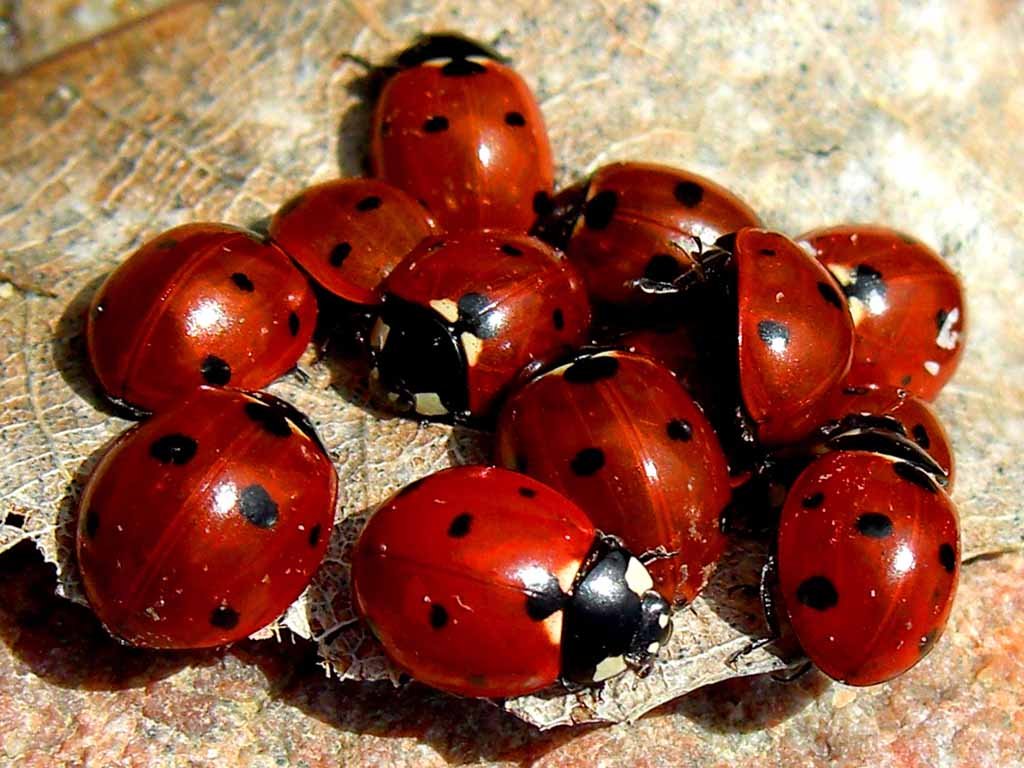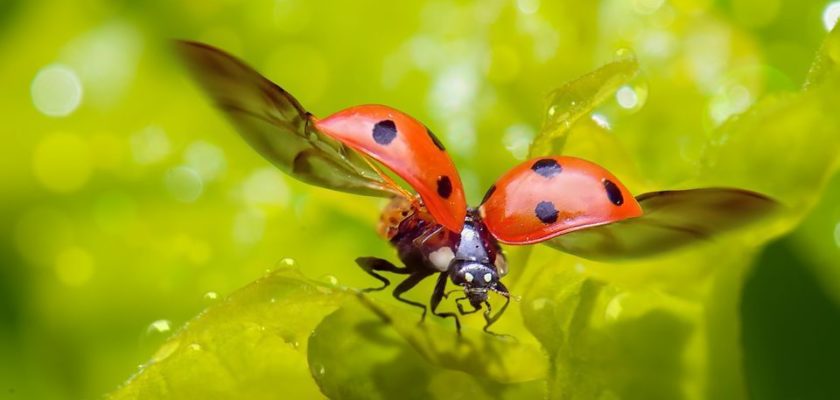Small and harmless ladybugs are well known to everyone who was in nature as a child. Many children enjoy catching them and then releasing them, saying the well-known old saying that appeared so long ago that no one remembers where it came from. And ladybugs also appear in many folk tales and legends, and the creators of cartoons have not bypassed them. Hard-working, bright and conspicuous, these insects are unlike most others.
Interesting facts about ladybugs:
Depending on the species, a ladybug can lay up to 2000 eggs in her life. Ladybugs are the main killer of plant-eating aphids, so farmers are very gentle with these insects.
Birds do not prey on these insects.
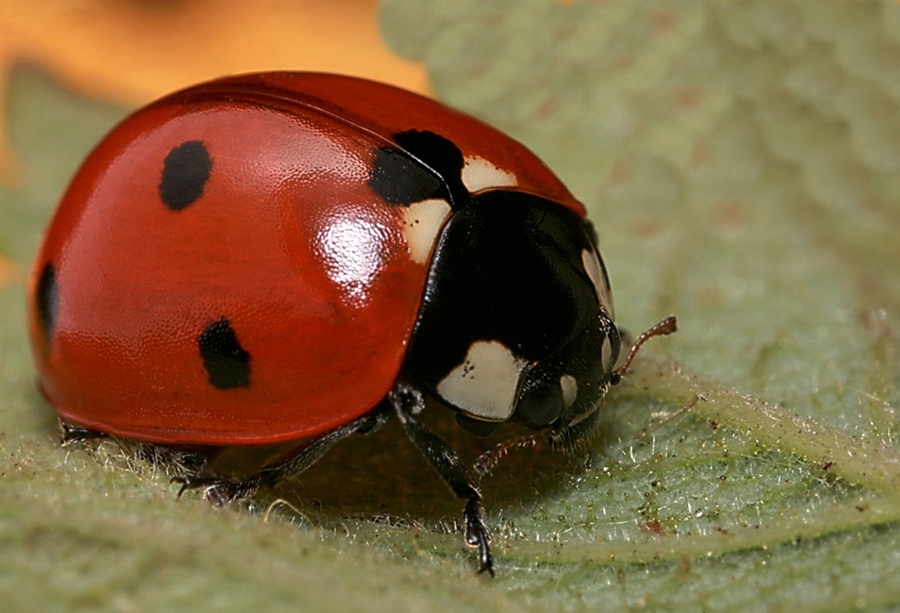
Different species of them live all over the planet, not found only in the polar zones and in Antarctica.
During the flight, the ladybug flaps its wings up to 80-85 times per second.
Most ladybugs have 11 thin shanks on their heads, but sometimes there are 10.
There are more than 5,000 species of ladybugs worldwide.
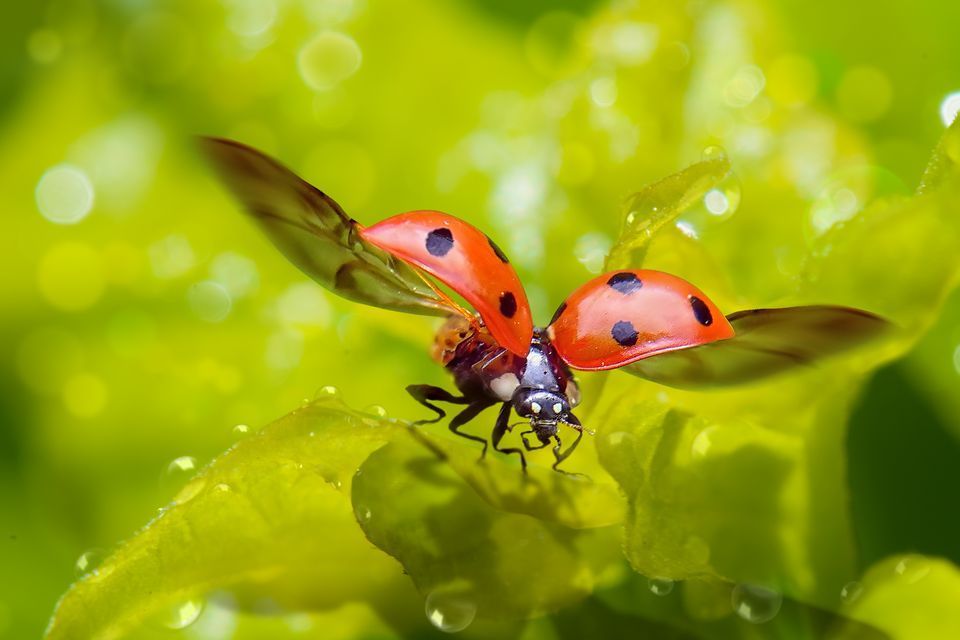
Ladybugs are perennial insects, and during the winter they live off the stocks accumulated over the summer.
Depending on the species, ladybugs come in different colors: pink, yellow, white, orange and even black.
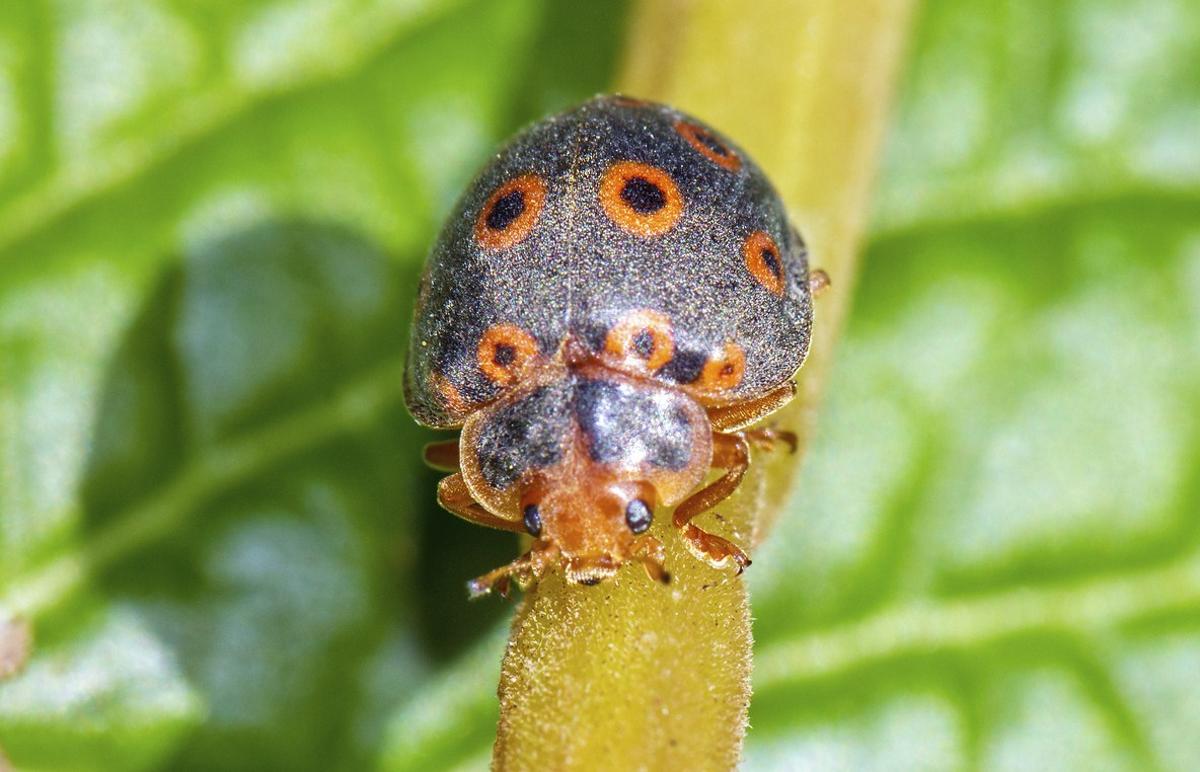
Source of origin of the name «ladybug» not installed yet.
In all species of ladybugs, the abdomen consists of 6 segments.
When a ladybug is attacked, it may squirt a strong-smelling liquid from its knee joints in response. The smell warns frogs and insect predators that the insect is poisonous.
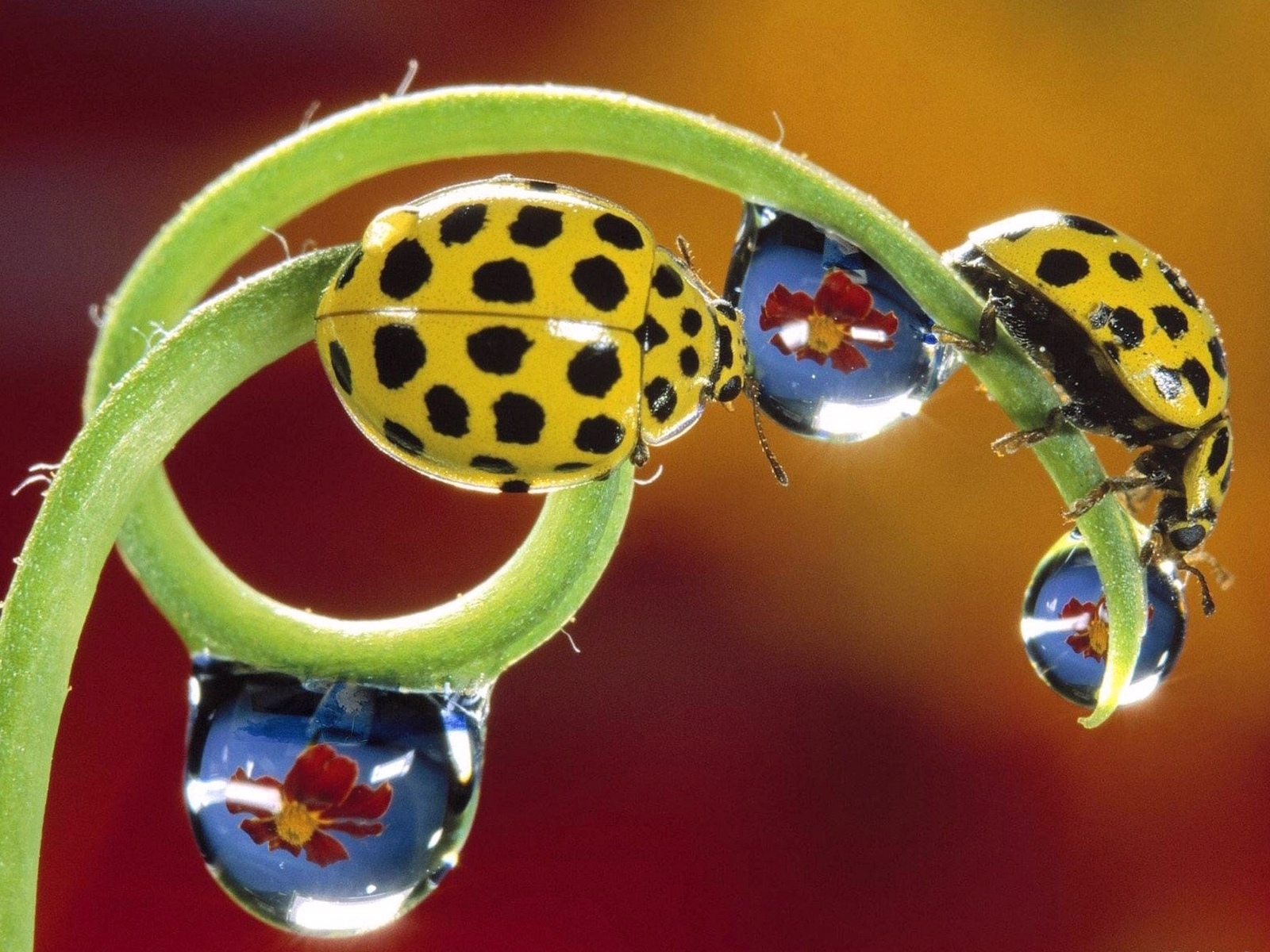
When attacked by a predator, ladybugs sometimes pretend to be dead.
The vast majority of ladybugs are predators, but there are also completely herbivorous species among them.
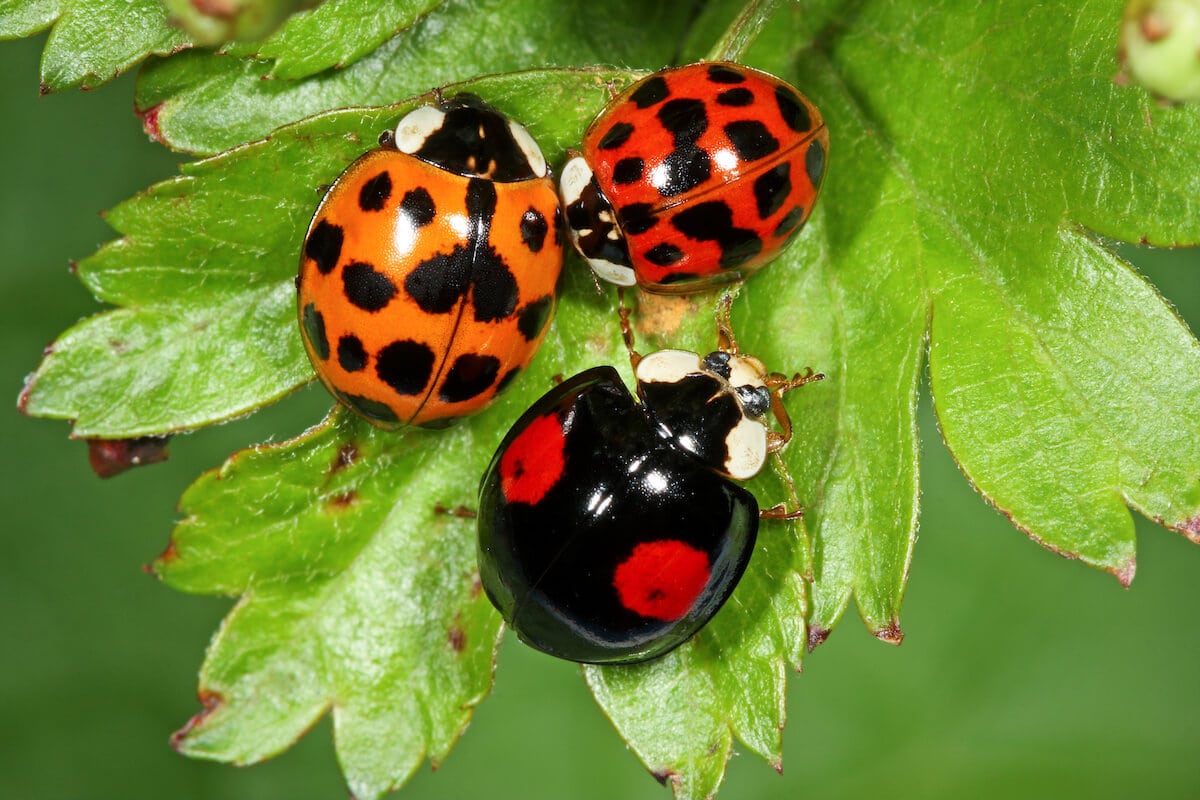
The spots on ladybugs are designed to scare away predators. Oddly enough, it works.
The older the ladybug, the fewer spots on its back, and the duller its color.
